
Modern Paganism and Baltic Traditions in Contemporary Lithuanian Life
Paganism, once the dominant spiritual practice in the Baltic region, continues to influence Lithuanian culture today. Despite centuries of Christianization, elements of ancient Baltic traditions remain deeply rooted in national identity, folklore, and everyday rituals. Modern Lithuanians are increasingly embracing aspects of their pagan past, blending them with contemporary lifestyles in unique ways.
The Revival of Baltic Paganism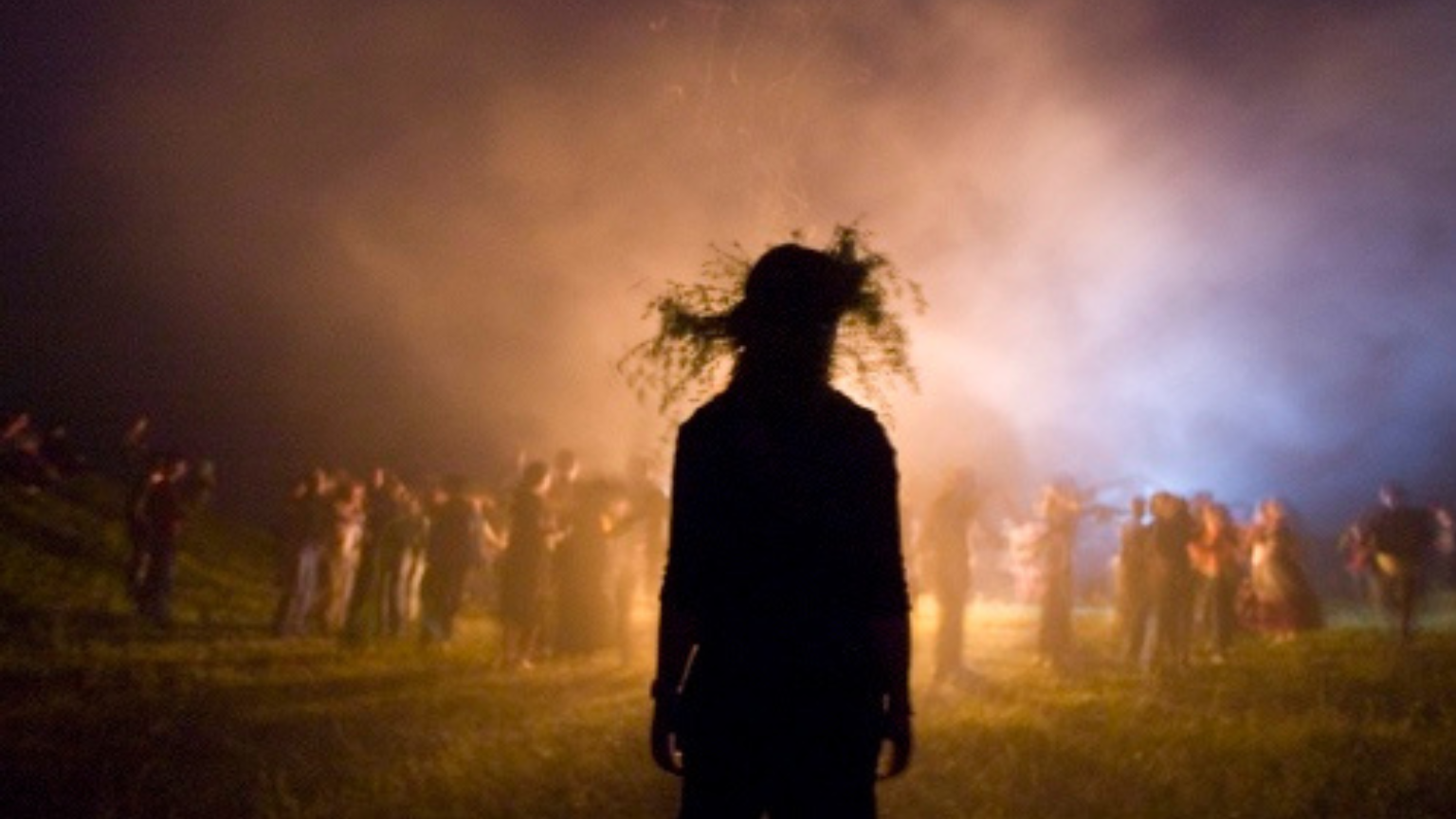
In recent decades, interest in Romuva, the revival movement of the ancient Baltic faith, has grown significantly. Romuva is a neo-pagan religious community that seeks to restore and preserve the pre-Christian beliefs of the Balts. The movement emphasizes harmony with nature, ancestral veneration, and the celebration of traditional festivals, such as Midsummer Night (Rasos) and Day of the Dead (Vėlinės). These ancient rituals have been reintroduced into modern Lithuanian society, not only as religious practices but also as cultural heritage events that attract people of diverse beliefs.
However, understanding Lithuania’s pagan heritage remains a challenge. Many foreign researchers, often influenced by their own interests, have spread misconceptions about the ancient Baltic religion. As a result, Lithuanian historians and ethnologists struggle to correct these misunderstandings and present a clearer picture of their ancestors’ beliefs. Unlike the well-documented classical civilizations, Lithuania’s pre-Christian religious practices remain shrouded in mystery, often distorted or caricatured by outsiders.
Pagan Traditions in Daily Life
Even those who do not formally practice Romuva incorporate elements of Baltic traditions into their daily lives. Folk music, traditional crafts, and natural symbolism remain popular. Many Lithuanians wear amber jewelry, considered a protective talisman in Baltic mythology, or decorate their homes with symbols such as the sun, oak leaves, and the grass snake—sacred emblems in ancient beliefs.
Lithuanian names also carry traces of pagan heritage, with many deriving from nature or mythology. For instance, names like Laima (the goddess of fate), Perkūnas (the god of thunder), and Austėja (the goddess of bees) are still used today, reflecting the deep cultural connection to ancestral spirituality.
Sacred Sites and Monuments Honoring Baltic Gods
One remarkable example of modern efforts to honor Lithuania’s pagan heritage is the Valley of Gods and Goddesses (Dievų ir Deivių slėnis), an open-air sculpture park in Kulautuva. This unique site features wooden statues dedicated to various deities of the Baltic pantheon, including Perkūnas, Laima, and Gabija. The park serves as a tribute to Lithuania’s pre-Christian spiritual traditions and allows visitors to connect with the country’s ancient faith through art and nature. Such initiatives not only preserve but also revitalize Baltic religious identity in a contemporary setting.
Paganism and Environmental Consciousness
One of the most profound influences of Baltic paganism on modern life is its emphasis on nature and ecological balance. With growing concerns over climate change, many Lithuanians find inspiration in their ancestors’ respect for the environment. Pagan beliefs promote sustainable living, herbal medicine, and a deep connection to the land. This philosophy aligns with contemporary environmental movements and strengthens national identity through the revival of ancestral wisdom.
Conclusion
Modern Lithuanian society continues to cherish and integrate its pagan past in various forms, from religious revival movements to cultural traditions and ecological values. Yet, there is still much to uncover about the true nature of Lithuania’s ancient faith. Unlike other historical cultures that celebrate their past achievements, Lithuania’s pagan religious traditions remain largely unknown, sometimes misrepresented, and in need of further research.
As interest in spirituality and heritage grows, Baltic paganism serves as a bridge between the past and the present, offering a meaningful way to connect with nature, history, and identity. Whether through festivals, symbols, or lifestyle choices, the spirit of ancient Lithuania remains alive in today’s world.
References
-
Mozūraitis, M. (2024, November 3). Pagonybė ir jos likučiai Lietuvoje XVIII amžiuje. Alkas. Retrieved from https://alkas.lt/2024/11/03/m-mozuraitis-pagonybe-ir-jos-likuciai-lietuvoje-xviii-amziuje/
-
Romuva. (n.d.). Romuva – the Religious Community of the Baltic Pagan Faith. Retrieved from https://romuva.lt
-
Romuva. (n.d.). Photo of the Rituals of Romuva. Facebook. Retrieved from https://www.facebook.com/photo/?fbid=2558794080961564&set=gm.7000220133388197&idorvanity=3052119031531680
-
Pagoninė teologija. (n.d.). Pagoninė teologija – Apžvalga. Knygos. Retrieved from https://www.knygos.lt/lt/knygos/pagoniskoji-teologija/
-
Corona Church. (n.d.). What is Paganism?. Retrieved from https://lt.coronachur.ch/what-is-paganism
-
Ortodoksas. (2014, June). Apie naujuosius pagonis. Retrieved from https://www.ortodoksas.lt/2014/06/apie-naujuosius-pagonis.html
More From The Author
-
Baltic religion and mythology: An Ancient Spiritual Heritage
The Baltic religion and mythology represent one of the oldest spiritual traditions in Europe, deeply rooted in the history and culture of the Baltic peoples—Lithuanians, Latvians, and Prussians. Despite centuries of Christian influence, many elements of Baltic mythology have survived,…
-
Artistic Expressions in Ancient Baltic Culture
Baltic art provides vivid insights into the cultural and religious life of the ancient Balts. Much of our understanding of Baltic art comes from objects unearthed in graves and communal sites—each piece reflecting both ritualistic purpose and everyday life. Sacred…
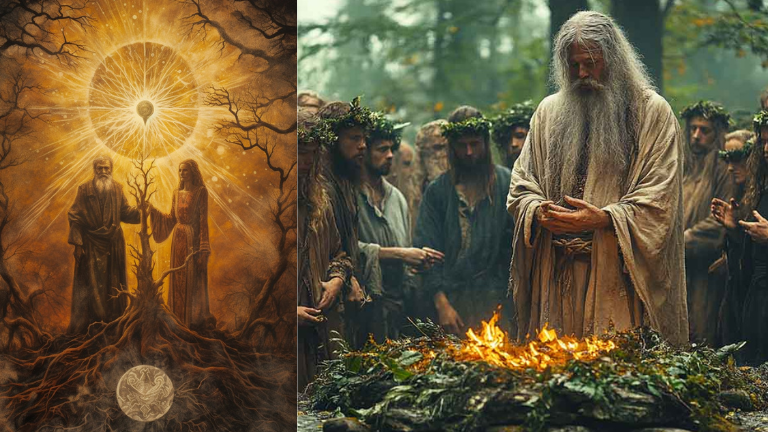



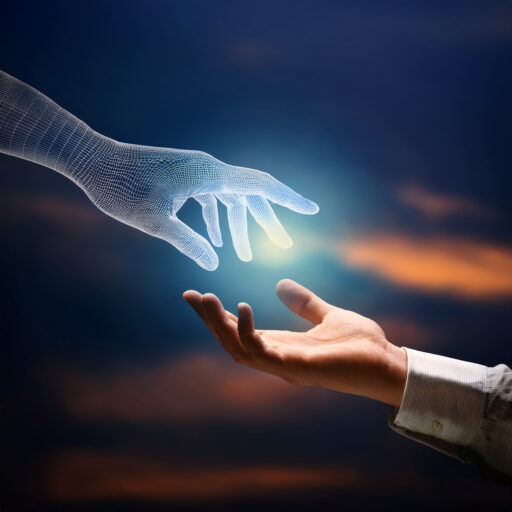
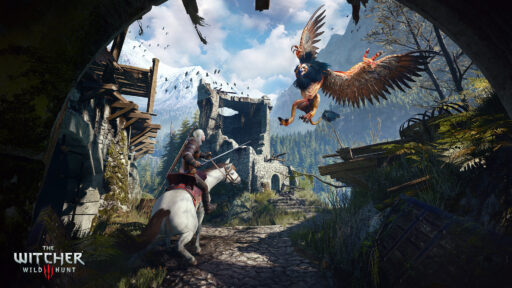
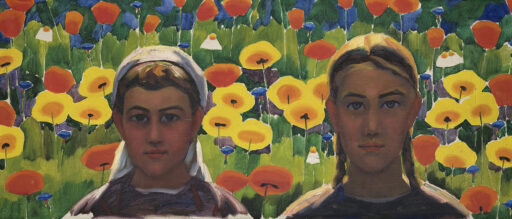


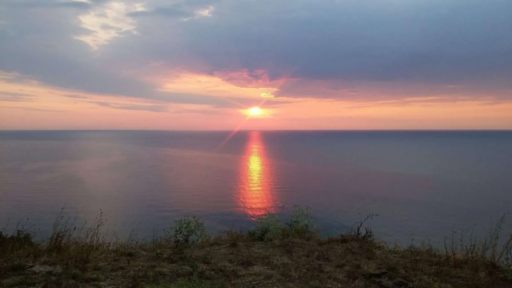

Great post! I hadn’t heard of this and I thinks it is a very interesting topic. I like that even some of the names in Lithuania bear traces of pagan heritage, it shows that your country is really connected to this culture. Thanks to your post I’m interested to learn more about this topic!
Thank you so much for your great feedback! I’m happy that this post has inspired you to explore it further ☀
That was so fun to read! Until this day I have only been interested in Polish pagan rituals and traditions, and I have not heard much about Lithuanian folklore, but your post made me want to learn more about it 🙂
Thank you! I’m so glad you found it fun to read! It’s wonderful to hear that this post has sparked your interest in Lithuanian folklore. I hope you enjoy learning more about it! 😊